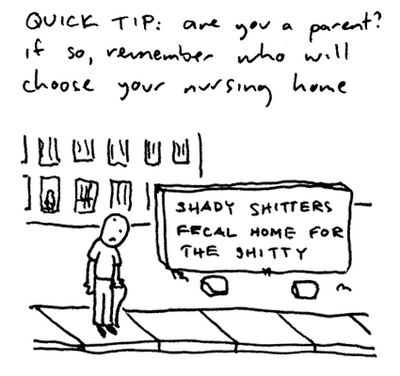Swain, John & Cameron, Colin (1999). Unless otherwise stated: discourses of labeling and identity in coming out, from Corker & French (eds). Disability Discourses. Buckingham: Open University Press.
Thomas, Carol (1999). Narrative identity and the disabled self, from Corker & French (eds). Disability Discourses. Buckingham: Open University Press.
Watson, Nick (2002). Well, I Know this is Going to Sound Very Strange to You, but I Don’t See Myself as a Disabled Person: identity and disability. Disability & Society 17 (5): 509-527.
Carol Thomas in her article ‘Narrative identity and the disabled self’, discusses the role that storying plays in creating and defining ones self and discovering one’s purpose in life. According to Thomas an individual’s ontological narrative is ‘produced through the interaction of the inter-subjective with social narratives in time and space’. The social narratives she is referring to includes the cultural institutional messages that are dominate within our society today such as; the medical model, and the tragedy view of disability. As well as the underlying ideologies and macro-level systems that indirectly shape our ontological narrative such as living in a civil, capitalistic, industrialized country.
Thomas argues that when a disabled person re-writes their story in a personal and positive new light, they are in essence taking control of their own self image by deciding not be defined by the negative and ‘oppressive dominant narrative’ rampant through out most countries in the industrialized western hemisphere.
John Swain, and Colin Cameron in their article ‘Unless otherwise stated: discourses of labeling and identity in coming out’, discuss the positive inter and intra benefits, as well as the political ramifications of redefining and celebrating one’s disability identity under one’s own terms. Thus, similar to Carol Thomas, Swain and Cameron believe disability self identity is both a personal and political act.
In the opening paragraph Swain and Cameron quote a man by the name of Corker as saying; “For a person who is oppressed, one of the key tasks of identity formation then involves ‘coming out’ as different and integrating that sense of that difference into a healthy self concept.” I strongly agree with this above statement because it pretty much encapsulates my own experience with coming to terms and coming out with my learning disability. I consider my experience quite unique but maybe it is just that I have not yet met others who share similar narratives. I became aware of my ‘otherness’ or ‘difference’ at about the age of five, I can recall my parents talking to their friends in hushed whispers about my ‘so called’ peculiarities, which until that point I assumed were normal. As you can imagine this revelation was not celebratory in nature by any means. It was marked with fear and shame that would be concurrent themes through out the next twenty years of my life. I have many other vivid memories of how I was subtly or overtly taught by my family, peers, the media and other sources to prize normalcy and shun difference.
My coming out process began the year I started university, at the urging of my parents I under went a psycho-educational assessment before leaving Vancouver. The results were forwarded to me in Thunder Bay, and no follow up was done, which is another story all together. The results you could say were not pretty, they were down right terrifying to me, and too cope I just flat out denied them. By the fall of third year I felt ready to try to come to terms and understand my weaknesses that were presented in the report. By the use of ‘Google’ I self diagnosed my self as having a non-verbal learning disability. I immediately started having panic attacks; the next six months were the most trying and difficult six months of my life. I finally had to come to terms with my difference which I had been running away from, and denying my whole life.
In retrospect I agree with Corker that had I not ‘come out’ I never would not have been able have a healthy self concept of my self. I am now able to much more easily acknowledge both my strengths and weaknesses. I am also much more understanding of myself, and way less defensive because I don’t feel that I constantly have to hide who I really am.
Nick Watson in his article, ‘Well I know this is Going to Sound Very Strange to You, but I Don’t See Myself as Disabled Person: identity and disability’, takes a very different approach then the other authors in his discussion of disability and identity. As part of his research on the subject Watson interviewed 28 disabled individuals, and only three of them self identified themselves as disabled. Watson discovered that most individuals did not self identify as disabled for the following three reason; either they ‘rejected physicality as an essential determinant of self’, they believed self identity had to do with one’s accomplishments not lack thereof, and thirdly some rejected the notion of normality and therefore the label of ‘different’, all together. Unlike Thomas, Swain, and Cameron, Watson argued that act of not identifying as disabled was a political statement because they individuals doing so are rejecting the labels forced upon them by others, and are re-conceptualizing the way people think about impairment as an indicator of self identity.






